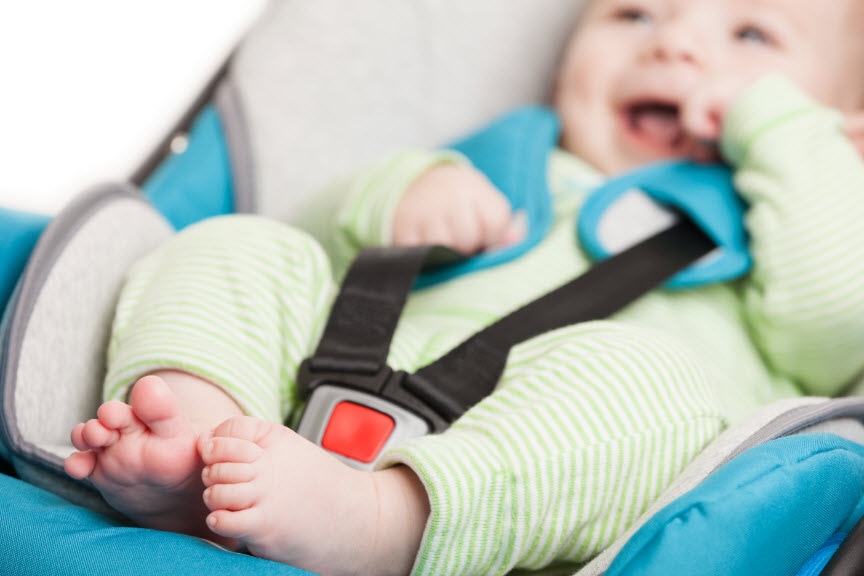
Motor vehicle crashes are the top cause of death for 4-year-old children, along with being a leading cause of death for children 14 and younger. Unfortunately, statistics show that many injuries and fatalities in these cases could have been prevented if the proper car seats were used and/or if they had been installed correctly.
From Sept. 13 - 19, 2015, Child Passenger Safety Week, many experts put out some great tips for parents that will help reduce the chance of injury to children if collisions occur. Please review these must-know tips:
- Make sure your child’s car seat straps are snug. Your child may fidget and complain when you’re tightening them, but it’s not because the straps are causing any pain. So, make sure there’s no give - if you pinch the strap and it wrinkles even a little, make the strap a bit tighter. Also, use the middle part of the backseat whenever possible; it’s the safest spot in the car for young children.
- Rear-facing seats protect the brain and spine in young children when accidents happen. They should be used till at least around the age of two, but it’s best to use rear-facing seats until your child outgrows them. Even if your child is two and still fits the seat, it’s best to continuing using it regardless of age.
- When your child gets big enough to use a forward-facing car seat it is imperative to use the tether straps located in the back of your car to tie the seat in place. Again, this is imperative. Expert pediatrician Dr. Alisa Baer, whom some know as The Car Seat Lady, says tethers keep children’s heads from moving forward during car accidents by about 4 to 6 inches.
- Booster seats can be used when children turn 4 and are at least 40 pounds. However, if your child doesn’t like the booster seat – if they mess around with their seatbelt, lean forward or sit improperly in some other way – it’s best to continue using the forward-facing car seat. Baer says that, based on maturity level, the majority of kids aren’t ready for booster seats until they turn 6.
- When going from the booster seat to a seatbelt alone, just make sure the seatbelt fits your child exactly the same way it did when they used the booster seat. And remember, at this point your child isn’t necessarily ready to sit in the front seat. Experts say to have children ride in back until about the age of 13; since they’re bodies are still developing it’s the safest place for them to sit if a collision occurs.
- On a final note, keep in mind that car seats expire. So make sure you know when yours needs to be replaced. Also, if you are ever in an accident, make sure to replace your child’s safety seat. Even if it doesn’t look like anything’s wrong, the seat could be impaired and less effective when it comes to protecting your child.